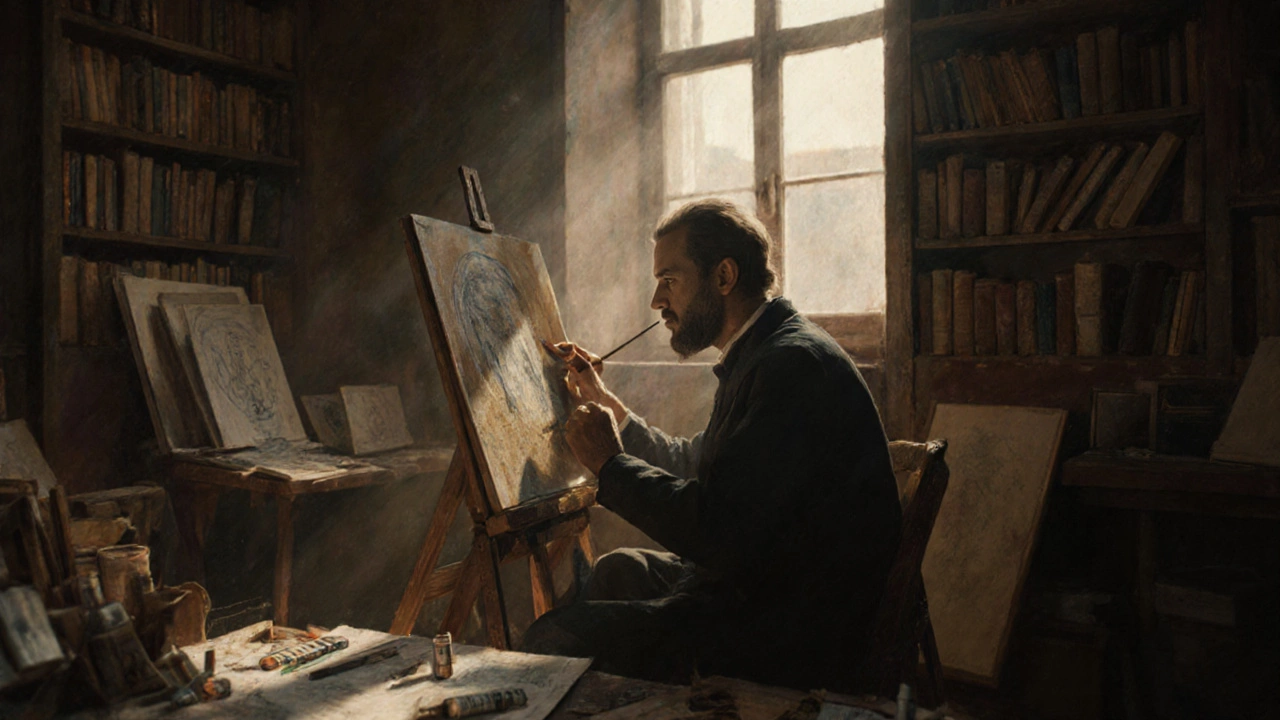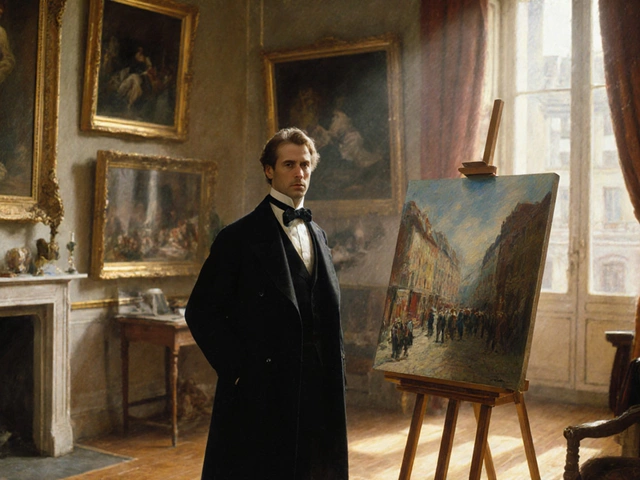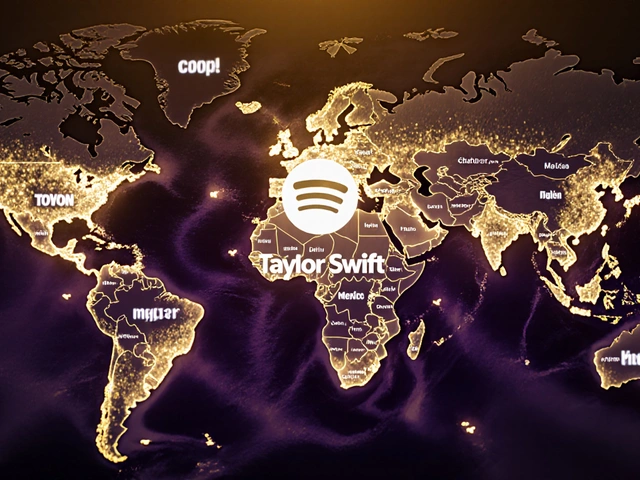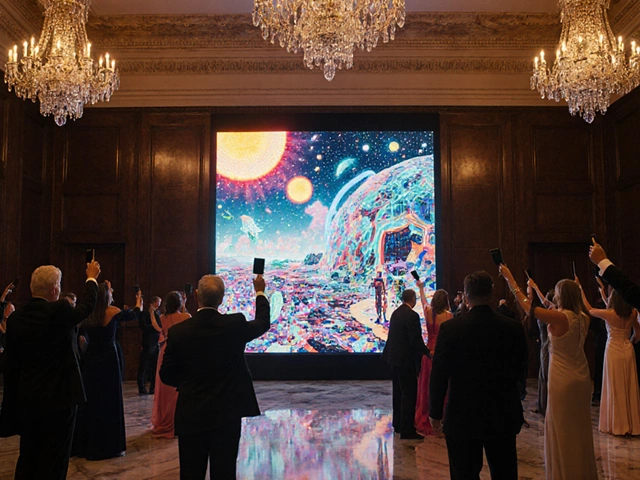Cubism Art Generator
Create your own simplified Cubist artwork inspired by Picasso's revolutionary technique. Cubism breaks objects into geometric shapes and shows multiple viewpoints simultaneously.
How Cubism Works:
Unlike traditional art that shows a single viewpoint, Cubism breaks objects into geometric shapes and shows multiple angles at once. Picasso's Les Demoiselles d'Avignon (1907) was one of the first major examples of this revolutionary approach.
Cubism is the primary artistic movement that made modern art possible. It shattered the long-held rules of perspective and realistic representation.
Quick Takeaways
- Pablo Picasso is widely recognized as the godfather of modern art.
- His invention of Cubism shattered traditional perspective and opened the door for countless avant‑garde movements.
- Key works like Les Demoiselles d'Avignon (1907) and Guernica (1937) illustrate his relentless push for new visual language.
- Other giants-Henri Matisse, Wassily Kandinsky-contributed, but Picasso’s breadth and daring set him apart.
- Exploring modern art today can start with major museum collections, virtual tours, and local galleries.
Who Holds the Title?
Pablo Picasso is a Spanish-born painter, sculptor, and printmaker whose career spanned more than eight decades. He co‑created Cubism, pioneered collage, and constantly reinvented his style, making him a central figure in 20th‑century art. When art historians ask, “Who is the godfather of modern art?” most point to him because his innovations reshaped how we see reality.
Why Picasso Earned the ‘Godfather’ Tag
Before the early 1900s, Western art relied heavily on linear perspective, chiaroscuro, and realistic representation. Picasso broke those rules in three decisive ways:
- Fragmented Viewpoint: In Les Demoiselles d'Avignon, he broke the figure into angular planes, forcing viewers to consider multiple angles simultaneously.
- Material Experimentation: He introduced collage (e.g., Still Life with Chair Caning, 1912), mixing newspaper, rope, and wallpaper into fine art.
- Political Engagement: Guernica turned canvas into a protest against war, showing that modern art could carry heavy social weight.
These breakthroughs didn’t just create a new style-they inspired a generation to question every artistic rule.
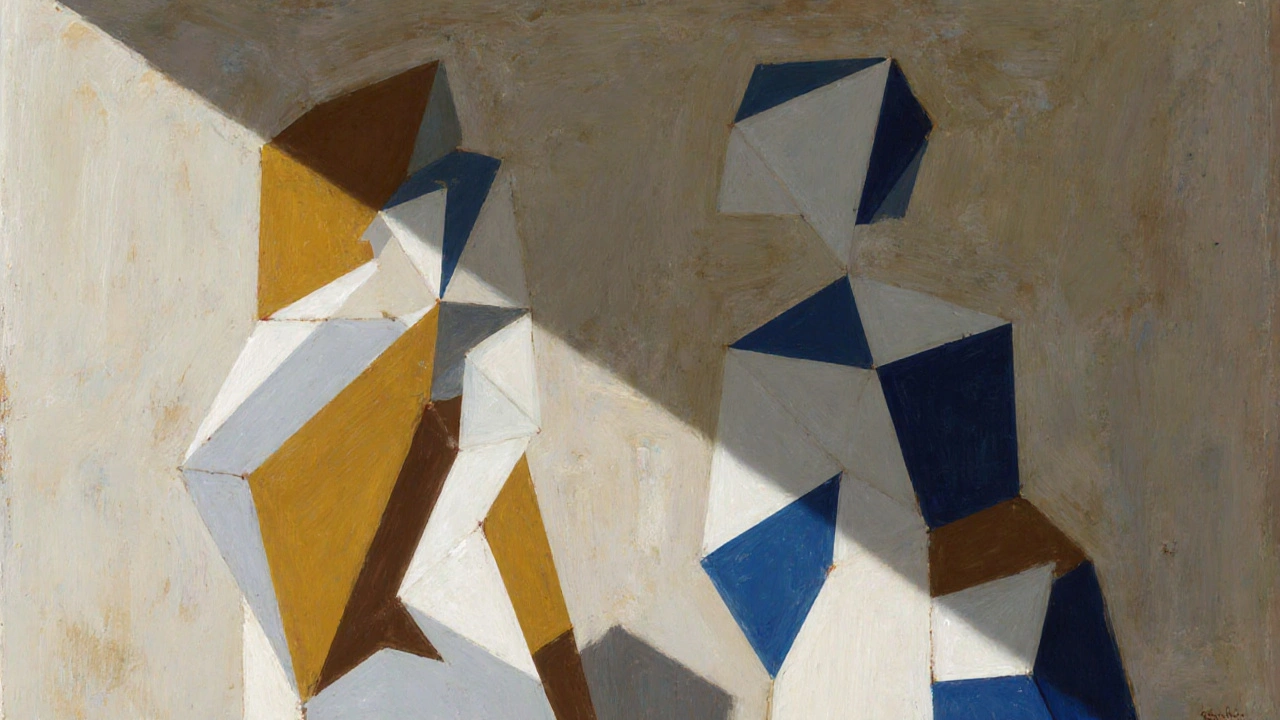
Key Movements Sparked by Picasso
Picasso’s influence radiated into several movements, each pushing the envelope further.
- Cubism is a style that deconstructs objects into geometric shapes and reassembles them on a flat plane. Alongside Georges Braque, Picasso laid its foundations between 1907 and 1914.
- Fauvism, led by Henri Matisse, emphasized wild color over realistic form, a reaction‑ary offshoot that still owed its daring to Picasso’s break with realism.
- Abstract Expressionism in the 1940s-50s, championed by Jackson Pollock and Mark Rothko, inherited Cubism’s abandonment of direct representation, channeling emotional intensity through abstraction.
Other Contenders for the Godfather Title
While Picasso dominates the conversation, a few peers also lay claim to the mantle.
| Artist | Signature Movement | Iconic Work | Breakthrough Year |
|---|---|---|---|
| Pablo Picasso | Cubism | Les Demoiselles d'Avignon | 1907 |
| Henri Matisse | Fauvism | Woman with a Hat | 1905 |
| Wassily Kandinsky | Abstract | Composition VII | 1913 |
Each artist contributed a radical new language, but Picasso’s range-from early Blue Period melancholy to later neoclassical sculptures-covers more territory than any single peer.
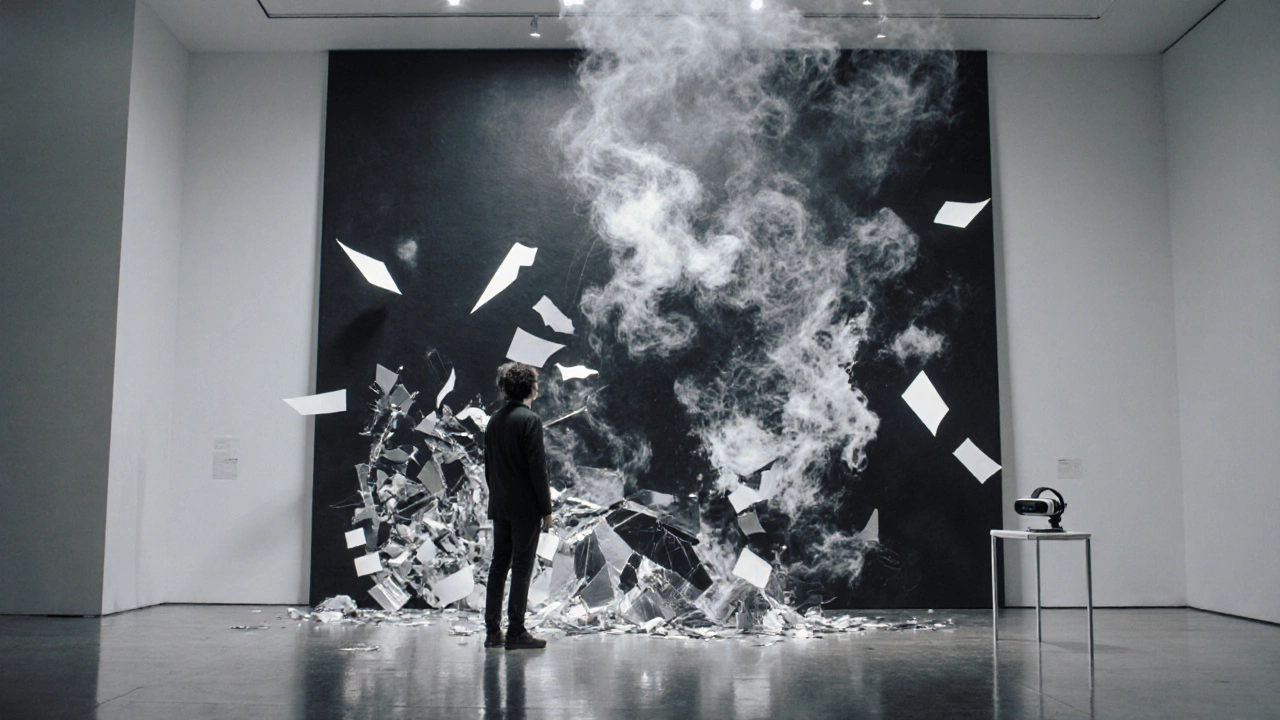
Milestones in Modern Art (A Quick Timeline)
- 1905 - Fauvism erupts in Paris, led by Matisse.
- 1907 - Picasso paints Les Demoiselles d'Avignon, a pre‑Cubist milestone.
- 1913 - The Armory Show brings European modernism to New York, exposing American audiences to Cubism and Futurism.
- 1917 - Kandinsky publishes Concerning the Spiritual in Art, theorizing abstraction.
- 1937 - Picasso completes Guernica, turning modern art into political commentary.
- 1949 - Abstract Expressionism peaks at the New York School, a direct lineage from early 20th‑century ruptures.
How to Experience Modern Art Today
Even if you can’t hop on a flight to the Musée Picasso in Paris, modern art is accessible in many ways:
- Virtual tours: The Metropolitan Museum of Art and the Tate Modern offer free 360° walks of their Cubist galleries.
- Local museums: Many regional institutions host rotating shows on Picasso or his contemporaries-check their calendars.
- Community workshops: Look for “collage” or “found object” classes, which echo Picasso’s experimental spirit.
When you step into a modern‑art space, ask yourself: Which traditional rule is the artist challenging? That question was the engine behind the godfather’s legacy.
Mini FAQ
Why is Picasso called the “godfather” of modern art?
Because his invention of Cubism, bold use of collage, and lifelong willingness to reinvent set the foundation for virtually every major 20th‑century movement.
What are the key differences between Cubism and Fauvism?
Cubism breaks objects into geometric facets and shows multiple viewpoints at once. Fauvism, by contrast, preserves recognizable forms but drenches them in vivid, non‑natural colors.
Is "Guernica" purely a political painting?
It’s both political and artistic. The work condemns the bombing of Guernica, but its fragmented composition also demonstrates Cubist techniques, proving modern art can serve multiple purposes.
Can I see Picasso’s early Blue Period works online?
Yes-major institutions like the Art Institute of Chicago and the Musée d'Orsay host high‑resolution scans of his Blue Period canvases on their websites.
How did Kandinsky influence modern art?
Kandinsky argued that color and form could evoke spiritual feeling without depicting objects, paving the way for pure abstraction that followed Cubism.
